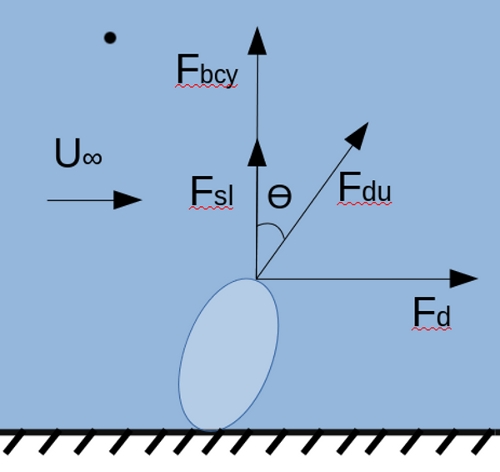 |
|
|
| PhD student: |
Sudharsan Vasudevan sudvas@chalmers.se |
||||||||
| Supervisor: |
Sassan Etemad sassan.etemad@chalmers.se |
||||||||
| Co-supervisor: |
Lars Davidson lada@chalmers.se |
||||||||
| Cooperation: |
AB Volvo, Volvo Cars| Sponsors: |
The Swedish Energy Agency, FFI |
Publications: 1 |
- |
Start of project: |
September 2017 |
End of project: |
- |
|
BACKGROUND Excessive cooling is loss of energy. The motive is to understand the potential of nucleate boiling in local cooling. The project involves two main objectives. First, a numerical method is to be developed aiming at improved accuracy in prediction of heat transfer due to nucleate boiling. Further, the effect of surface structure modification on enhancement of the heat transfer is to be explored and accounted for in the method. The method is to be implemented in simulations involving coolant jacket models of internal combustion engines. The analysis of bubble behaviour in forced convection boiling will form the basis for the numerical method. Forces acting on individual bubbles and interaction between the bubbles will be explored. The Boiling Departure Lift-off (BDL) model for estimating wall heat flux at subcooled flow boiling conditions, proposed by Steiner et al. (2005) is being evaluated. The force balance on an individual bubble (see figure above) is used to estimate the bubble radii at the point when it slides from the nucleation site in the horizontal direction (departure) and at the point when it lifts perpendicular to the heated surface (lift-off). Also, the focus will be to predict the onset of film boiling in order to avoid getting into that regime. The method will be tested on simple geometries and validated with results from experiments present in literature. From there on, it can be extended to applications like internal combustion engines, batteries and electric motors.
RERERENCE
REFERENCES
|
|
This page, Precision Cooling in engines, should be part of a frames system at www.tfd.chalmers.se/~lada/projects/proind.html by Webmaster: Ingalena Ljungström ilj@flowsim.se |